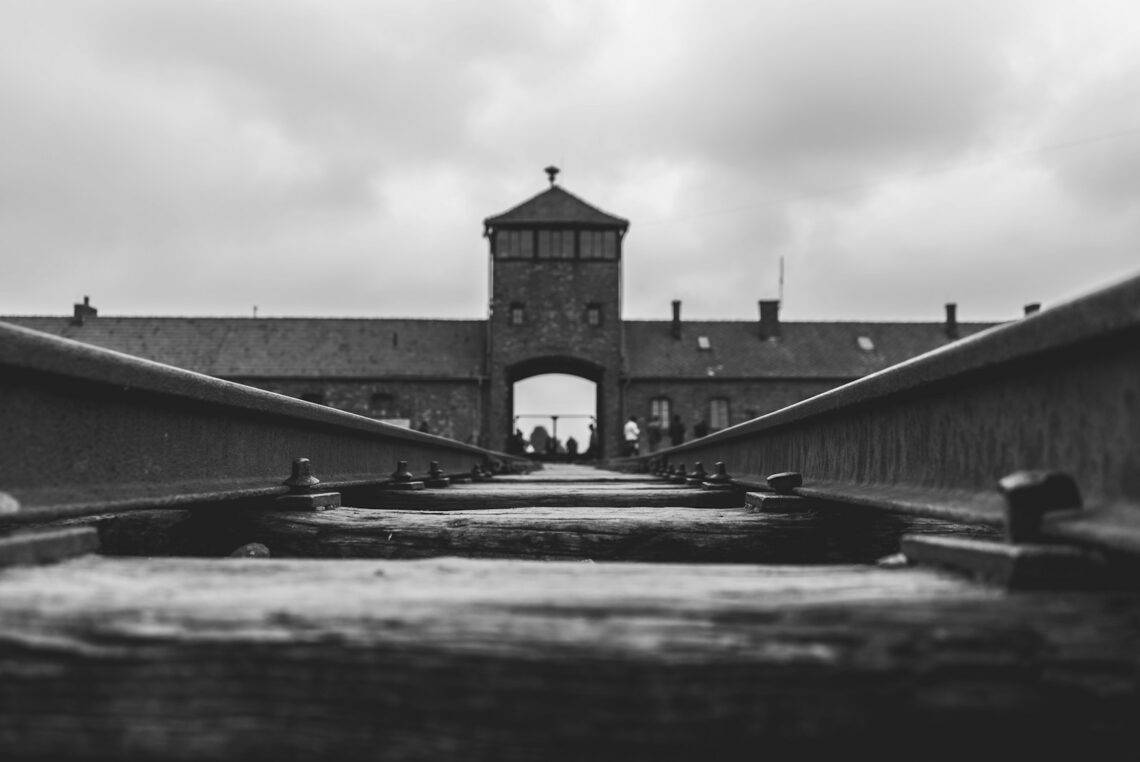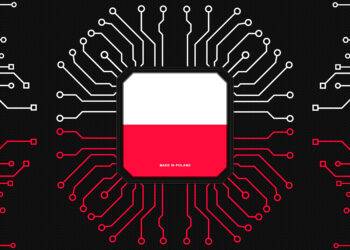In a bid to tackle the deluge of spam, trolling, and hate speech on its social media platforms, the Auschwitz Museum has partnered with an artificial intelligence startup to implement automated comment moderation. The museum announced on Thursday that it has commenced collaboration with TrollWall AI, a company specializing in real-time moderation of toxic comments using AI models.
Paweł Sawicki, responsible for the museum’s social media activity, stated that the institution is active on several platforms, including X (formerly Twitter), Facebook, and Instagram. The museum’s official profiles are followed by nearly 2.5 million people, with an average of 4,000 to 5,000 comments posted daily.
“Most comments are expressions of remembrance, emotional reactions to the presented content, or historical inquiries,” Sawicki noted. “Unfortunately, we also encounter comments that disrespect the memory of victims, including denial and anti-Semitic remarks. We also face waves of spam, trolling, data-stealing bot activities, and disinformation campaigns. Proper moderation is a priority to protect our virtual community of remembrance from hate speech.”
Automated Moderation Tools
The collaboration with TrollWall AI aims to address these challenges. Sawicki explained that TrollWall AI is a tool based on AI that automatically and in real-time hides hateful and vulgar comments on social media pages. The system is currently operational on Facebook, Instagram, YouTube, and TikTok, adhering to international legal standards defining hate speech.
Sawicki highlighted that the museum has access to all functionalities of the service. “In our tests, the tool proved to be very effective. Importantly, TrollWall AI conducts automatic moderation in multiple languages, which is particularly crucial for us. We can also add various keywords to the system. While the tool does not completely replace the work of a moderator, it provides additional security and a barrier, especially on Facebook and Instagram,” he emphasized.
Challenges in Social Media Management
Despite these advancements, the museum has faced issues with social media management. In April, the museum reported that Facebook’s content moderation system had removed some of its posts. The museum described this incident as “algorithmic erasure of history.”
Krzysztof Gawkowski, the Minister of Digitalization, addressed the issue, labeling the concealment of posts commemorating Auschwitz victims as scandalous and highlighting the problems with automatic content moderation.
Historical Context of Auschwitz
Auschwitz, established by Nazi Germany in 1940, initially served as a camp for Polish prisoners. Auschwitz II-Birkenau, set up two years later, became a site of mass extermination of Jews. The Auschwitz complex included a network of subcamps where at least 1.1 million people, mostly Jews, were killed. Among the approximately 140,000-150,000 Poles deported to Auschwitz, nearly half perished. The camp also saw the deaths of Romani people, Soviet POWs, and individuals of other nationalities.
In 1947, a museum was established on the grounds of Auschwitz I and Auschwitz II-Birkenau. The former camp was inscribed on the UNESCO World Heritage List in 1979 as the only site of its kind.
Educating Through Social Media
The museum’s social media initiatives are integral to its educational mission. The content shared on the museum’s official accounts reaches nearly 2.5 million people, with the largest audience on X (1.6 million followers) and Facebook (556,000 followers). The museum’s ongoing efforts to moderate content are crucial in ensuring respectful and accurate representation of Holocaust history.
Future Steps
Moving forward, the Auschwitz Museum’s partnership with TrollWall AI represents a significant step in leveraging technology to preserve the integrity of historical remembrance. As the museum continues to confront challenges in the digital realm, the integration of AI tools underscores its commitment to combating hate speech and misinformation, ensuring that the memory of the victims is honored and protected.








